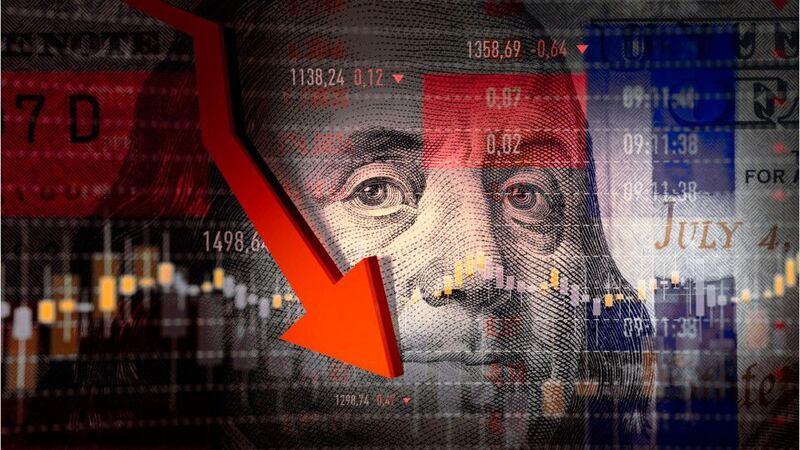On Tuesday, the World Bank downgraded its outlook for the global economy, citing the war in Ukraine, possible world food shortages and the return of a decades-old term, “stagflation.”
“The world economy is again in danger,” The World Bank warned, according to The Associated Press. “This time, it is facing high inflation and slow growth at the same time. ... It’s a phenomenon — stagflation — that the world has not seen since the 1970s.”
>>Read: Gas prices crest $5 a gallon in 15 states
The World Bank said it expects oil prices to surge 42% this year and likened the current spike in energy and food prices to the oil shocks of the 1970s.
Slowing growth and rising inflation is raising the risk of stagflation, with potentially harmful consequences for middle- and low-income economies alike. World Bank Prospects Group Director, Ayhan Kose shares the latest economic forecasts #WBGEP2022 https://t.co/oS74LNK2VE
— World Bank (@WorldBank) June 7, 2022
In May, Treasury Secretary Janet Yellen warned of “stagflationary effects” before the G7 meetings in Germany, according to The Wall Street Journal.
“Certainly the economic outlook globally is challenging, and uncertain, and higher food and energy prices are having stagflationary effects, namely, depressing output and spending and raising inflation all around the world,” she said.
What is stagflation?
Stagflation describes a situation in which the economy is stagnant or growing very slowly while inflation is high. A weak job market can also contribute to stagflation.
Stagflation is often associated with oil price spikes in 1973 and 1979 that led to a sharp increase in the cost of living, which appeared to slow economic growth.
The effects of stagflation
Here are some possible effects of stagflation:
- Businesses may find it challenging to cope with rising costs and stagnant or declining sales. This can lead to layoffs and even business failures.
- Consumers may cut back on spending due to higher prices and stagnating incomes. This can further hurt businesses and lead to even more layoffs.
- The economy may suffer from slower growth or even contraction.
- Inflation can erode the purchasing power of people’s savings, which can be a significant setback for retirement planning.
- Stagflation can also cause political and social unrest as people become frustrated with the state of the economy.
Economists suggest that other factors, including the rise of low-cost manufacturing in China and other developing countries, have kept a tight lid on prices that consumers and businesses pay.
©2022 Cox Media Group








